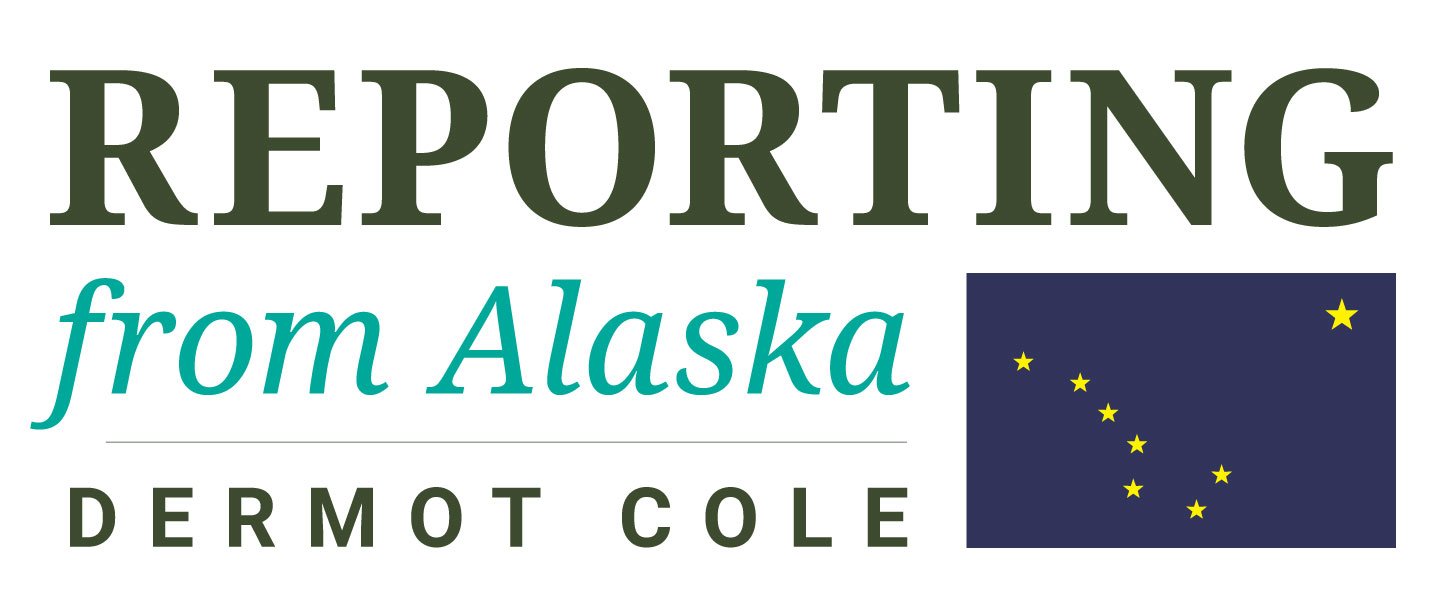Fairbanks school district could face $8 million to $32 million deficit next fiscal year, layoffs, school closures
As predicted last spring before the tax cap election, the Fairbanks school district faces the prospect of major cuts in the next fiscal year of anywhere from $8 million to $32 million, the school board heard Tuesday night.
The financial environment for public education in Alaska is not stable, largely because of inaction at the state level and the lack of leadership from Gov. Mike Dunleavy.
About 64 percent of education funds are from the state, while about about 30 percent are from the borough assembly and 6 percent from the federal government, said Andy DeGraw, the chief operations officer.
Complicating the situation is an enrollment decline of more than 600 students from last year, from 12,452 to 11,816.
District officials attributed this to two main changes—a decline of several hundred students in the district’s BEST homeschool program following the institution of tighter rules on so-called “dual enrollment” in private schools. There is also a decline in the number of students from military families.
The district presented three snapshots Tuesday about how the budget drama may play out in the fiscal year that starts next July. All would require cuts.
Nearly 90 percent of the school district’s budget goes to personnel, so substantial reductions mean the elimination of teaching and support jobs.
The coming budget crunch was one of the central points brought up last spring when voters were asked to reverse a budget plan engineered by five anti-education assembly members in 2023. By paying for a portion of education with other funds, the 2023 assembly guaranteed that there would be budget cuts in future years.
The proposition in the special election failed, setting the stage for larger classes and reduced services for families unless there is more one-time money from the borough or more support from the Legislature and governor.
The most likely option for the next fiscal year is a $16 million deficit, according to the district administration, but it includes a prediction that the borough assembly would again provide millions in one-time funding.
The charts below that show “status quo” from local government may be too optimistic.
If the state does not repeat the increase in one-time state funding for education that was a big sticking point this year, the deficit could hit $32 million, which would mean drastic increases in class sizes.
If the Legislature bumps up state funding to make up for inflation, look for a deficit in the range of $8 million.
Here are all the slides from the budget overview.
Your contributions help support independent analysis and political commentary by Alaska reporter and author Dermot Cole. Thank you for reading and for your support. Either click here to use PayPal or send checks to: Dermot Cole, Box 10673, Fairbanks, AK 99710-0673.
Write me at dermotmcole@gmail.com.



